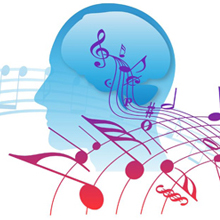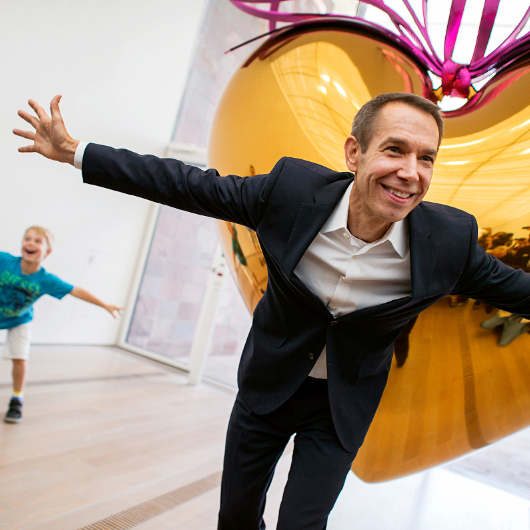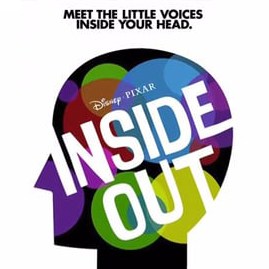Recently, The Art Newspaper posed a simple question to a panel at New York’s Museum of Modern Art: “What is art for?”
On that panel was Columbia University neuroscientist Eric Kandel, MD, who had simple answer. Art, said the Nobel laureate, “is for the beholder.”
Kandel, codirector of Columbia’s Zuckerman Institute and an expert in memory, brought a scientific eye to the discussion. Marrying his extensive knowledge of art history and cutting-edge neuroscience, he described viewing a piece of art as an act of creation in the mind of the observer. The brain, he said, is not merely a camera that records the light particles striking our eyes. It is a “creativity machine” that represents what we see in ways that may differ from person to person.
Each of us has different life experiences, we learn different things, we know different things, and we see different art.
Together, our insight to psychology and brain science, Kandel said, can help begin to explain our diverse responses to art.
Consider a portrait of a face. In 1947 German neurologist Joachim Bodamer coined the term prosopagnosia for the condition of not being able to recognize faces. Later, neuroscientists measuring the electrical activity of brain cells discovered special cells that responded to faces but not to other objects, such as houses. Scans of the entire brain ultimately revealed six regions called “face patches” in the infero-temporal cortex that cooperate to help us piece together facial features we see – a nose, a pair of eyes, etc. – into a coherent whole.
Appreciating the “Mona Lisa” draws on such bottom-up information in the brain, tapping groups of cells programmed to make guesses and fill in gaps as we make sense of a face.
“A significant amount of our perception is due to this built-in capability of our brain to make very effective guesses,” said Kandel.
Experiencing the colorful squares of Mark Rothko, on the other hand, quite likely taps into different elements of the brain. Kandel said that abstract art favors top-down processes, drawing on our higher-level imagination and reasoning abilities. These processes are shaped by our experiences, which could explain why abstract art often lends itself to a greater variety of interpretations than does figurative art.
“Each of us has different life experiences, we learn different things, we know different things, and we see different art,” said Kandel. “As a result we bring to bear those earlier experiences on any art that we look at and we particularly bring those range of associations to bear on abstract art.”


